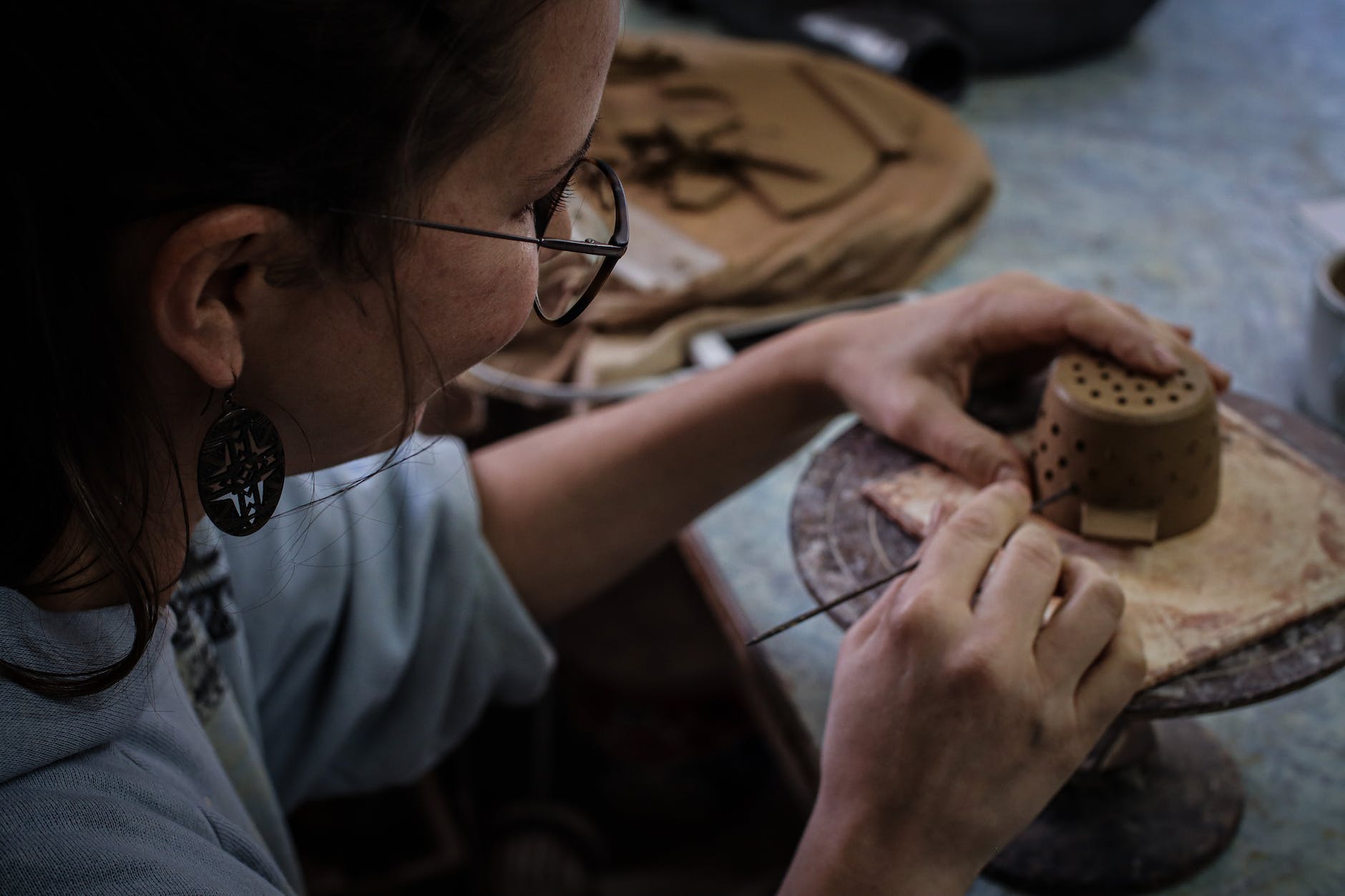Preserving Ceramic History: The Art and Science of Pottery Restoration
For cracked archeological finds, heirloom antiques, or damaged museum pieces, professional pottery restorers utilize meticulous techniques honed over decades to return beloved works to integrated wholeness. Their deep material knowledge and manual skills resurrect and conserve precious ceramic artifacts for future appreciation.
Assessing Damage and Planning Repairs
Careful examination reveals the full extent and nature of damage like missing fragments, cracks, erosion, or deformation. The glazing, pigments, and clay body get analyzed to identify compositions and properties. Ethical considerations determine appropriate restoration levels.
Armed with this foundation, a tailored treatment plan gets drafted specifying repair materials, steps, and methods optimized for the individual object’s needs based on assessment findings.
Structural Repairs with Adhesives and Fillers
After documenting and cleaning surfaces, structural repairs stabilize and reinforce compromised areas. Gaps get filled with Japanese kintsugi lacquer or tinted epoxy putties to restore form. Loose pieces adhere using consolidants like Paraloid B-72 or acrylic resin. Minimal material preserves integrity.
Diligent drying and curing ensures permanent bonds. Structural restoration reintegrates broken artifacts physically before further refinements.
Filling Surface Losses with Inpainting
Small surface scratches and losses receive color-matched fill treatments to obscure damage visually. Tiny voids get filled flush with tinted putties carefully tooled before retouching with reversible acrylic paints matching original hues and patterns. Gold leaf adds luster on gilt areas.
Subtle inpainting reintegrates diminished areas to recapture intended decoration without disrupting actual glazes. The aim is invisible restoration disguising losses through exacting color matching.
Recreating Missing Elements
For more extensive damages with missing sections, replica elements get modeled to replace vanished features based on symmetry and contextual clues. This requires extensive artistry and pottery knowledge to fabricate seamless new parts complementing original aspects. After shaping additions, attachment points get masked.
While avoided on museum pieces, replacements offer historic laypersons more complete repairs. Integrated effectively, tasteful recreations augment understanding.
Correcting Warps and Deformation Gently
Years and damage often warp vessel shapes from deviations during creation or stress fractures. Controlled moisture and micro heat allow some reformation of distortions to recover initial forms. Any realignments get done gradually and minimally for gentle improvement rather than total reshaping. The aim is livable imperfection.
Stabilizing Disintegrating Surfaces
Pottery surfaces degraded through flaking glazes and powdering pigments require consolidation for stabilization. Adhesives like 2% Acryloid B-72 in alcohol tack down vulnerable layers after solvent cleaning. Brushstrokes secure lift while allowing reversibility. Preventing further deterioration takes precedence over aesthetic repairs.
Preserving Value Through Reversibility
All restoration facilitates appreciation without permanently altering integrity. Fillers get chosen for removability. Coatings prevent overcleaning. Replacements attach via hidden points. Interventions aim for reversibility in case improved future techniques emerge. Respect for original materials outweighs superficial improvements.
Returning Cultural Treasures to Wholeness
With care and humility before irreplaceable artifacts, pottery restoration enables damaged works to be appreciated by current and future generations. Their material knowledge sustains artifacts that preserve human heritage through the ages. Touching broken past and present into unified wholeness, restorers heal more than ceramic – they restore enduring wonder to the world through small saved wonders.
